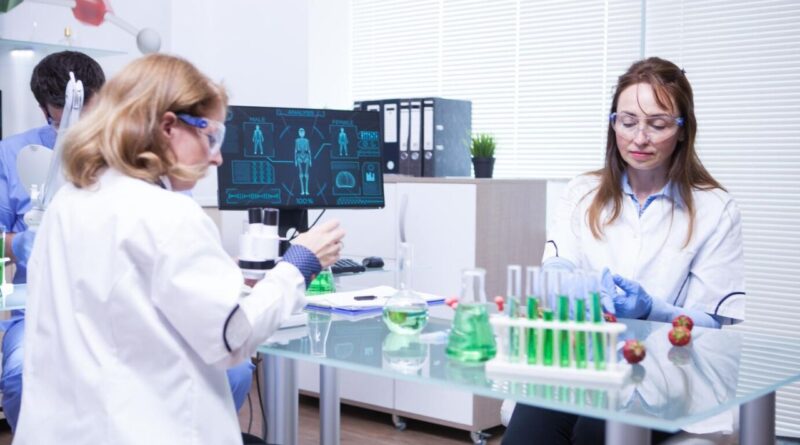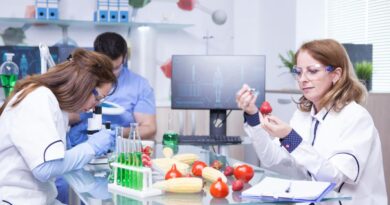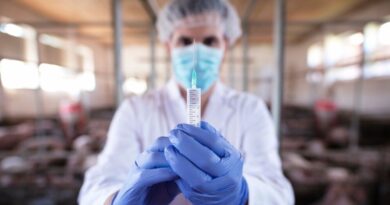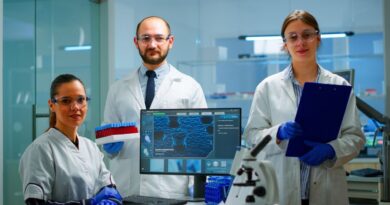Die Zukunft der nachhaltigen Chemie in Europas Pharmaindustrie
The European pharmaceutical industry is at a turning point. With the pressure to become climate-neutral by 2040, sustainable chemistry is becoming increasingly important. This industry, once considered a burden on the environment, is becoming a pioneer of the green transformation—but the path is fraught with challenges.
Puede abrir la tabla de contenidos
show
Green innovations are revolutionizing production
Mechanochemistry replaces traditional processes:
- 85% less CO2 emissions by eliminating solvents
- Cost reduction of 30–50% through more efficient synthesis routes
- Pilot projects such as IMPACTIVE of the Federal Institute for Materials Research (BAM) show that drugs for diabetes and cancer can already be produced without fossil raw materials
| parameter | Traditional methods | Green alternatives |
| Solvent use | 60–80% of the process mass | <10% by ball milling |
| Energy consumption | 15–20 kWh/kg product | 3–5 kWh/kg |
| Nuclear economy | 30–60% | >90% |
Biocatalysis is gaining importance:
- Modified enzymes reduce synthesis steps from 8 to 3 (example: Molnupiravir production by Merck)
- Fermentation technologies save 70% of raw materials through precise metabolic control
EU regulations as drivers and brakes
The EU Chemicals Strategy 2030 calls for:
- Complete elimination of hazardous substances by 2040
- Digital product passport for all chemicals
- 50% reduction in pesticide use
| Emission type | Share of total emissions | Reduction target 2030 |
| Scope 1 | 5% | 100% climate neutrality |
| Scope 2 | 15% | 80% reduction |
| Scope 3 | 80% | 50% reduction 1 |
New REACH reform proposals from 2026 require:
- 100% transparency in supply chains
- Ban on 12,000 PFAS chemicals by 2027 7
Hurdles on the path to sustainability
- Costs: Conversion to flow reactors requires investments of €2–5 million per plant
- Know-how: Only 15% of employees in the industry have green chemistry expertise
- Supply chains: 80% of raw materials still come from non-certified sources
Possible solutions:
- AI-supported process optimization saves 40% development time (example: AstraZeneca’s AI platform)
- Digital twins reduce testing phases by 65% through virtual simulations
- EU funding programs such as Horizon Europe (€4.6 billion budget for 2025)
Practical case studies
-
Novartis’ Solvent Replacement Initiative:
- Success: 98% replacement of toxic solvents by 2024
- Effect: 120,000 tons less chemical waste per year
-
Bayer’s Enzymatic Synthesis:
- Process: Immobilized catalysts for blood pressure medication
- Savings: 75% less energy consumption compared to conventional chemicals
-
Roche’s Closed-Loop System:
- Innovation: Complete recycling of palladium catalysts
- Effect: 92% cost savings on precious metals
Digitalization as a game changer
AI-based tools are revolutionizing research:
- Material search: 200 million chemical compounds searchable in 0.3 seconds
- Prediction accuracy: 89% hit rate in reaction simulations
Blockchain in supply chains:
- Transparency: Real-time tracking of 100% of raw materials
- Certification: Automated sustainability audits through smart contracts
Investment landscape 2025
- Total volume: €5.2 billion annually for sustainability projects (+300% since 2020)
- ROI: 15–20% cost savings through circular economy
- Research focus: 40% of pharmaceutical R&D budgets for green technologies
| Investment area | Share of the total budget |
| Bio-based raw materials | 35% |
| Energy efficiency technologies | 28% |
| Waste reduction systems | 22% |
| Employee training | 15% |
The roadmap to 2040
Phase 1 (2025–2030):
- 100% recyclable primary packaging
- 70% replacement of fossil fuels with plant-based polymers
- Digital product passport for 50% of all active ingredients
Phase 2 (2031–2040):
- 90% circular economy in production facilities
- 100% renewable energy in synthesis
- AI-controlled microreactors as standard
Numbers that give hope
- 17%: Pharmaceutical industry’s share of global CO2 emissions
- 7.4%: Annual growth of the green chemical market until 2029
- 40%: Energy savings through continuous production
Conclusion: A race against time
The transformation to a green pharmaceutical industry is not a luxury, but a matter of survival. While China and the US are investing heavily in sustainable technologies, Europe’s success depends on three factors:
- Simplifying EU bureaucracy
- Promoting SME innovation
- Training of 100,000 green chemistry experts by 2030
As a BASF manager recently said: “If you don’t change course today, you won’t be able to compete tomorrow.” The technologies are there – now all that’s missing is the courage to implement them.




